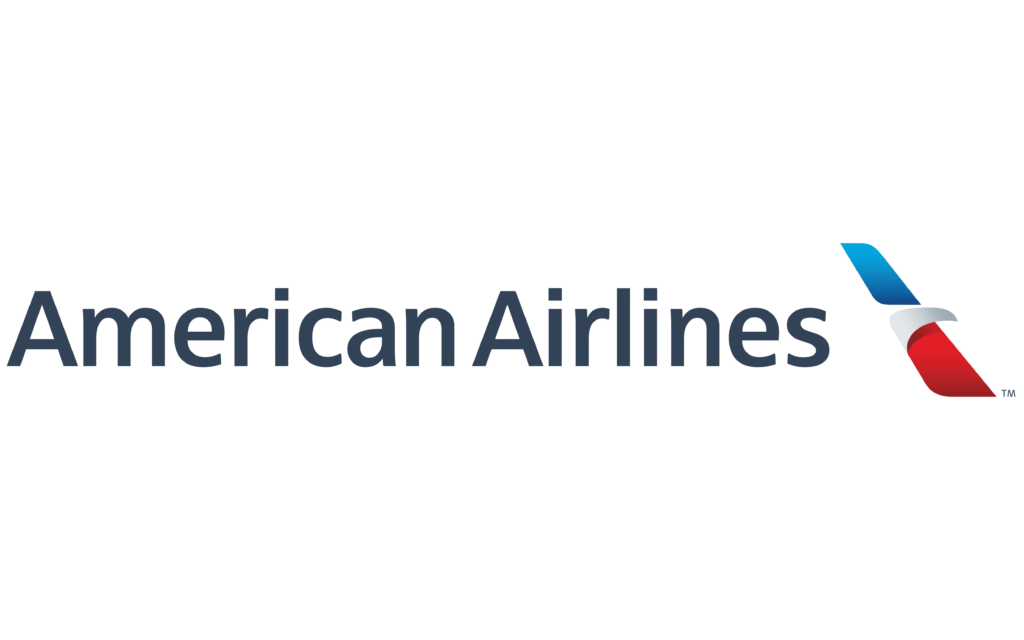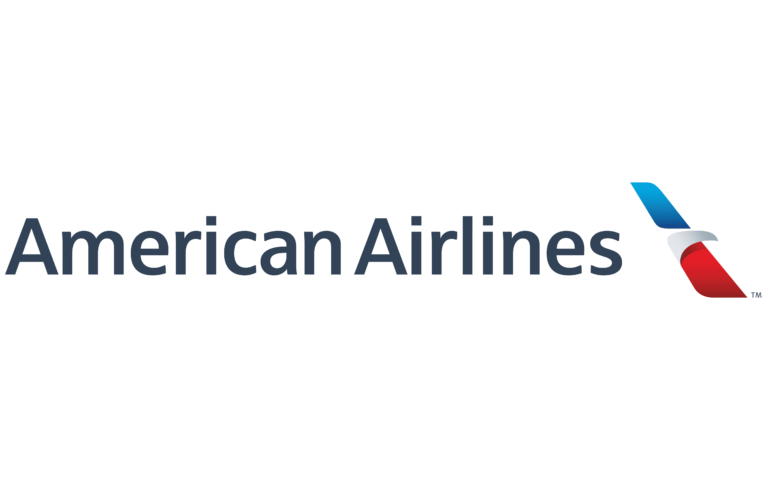
American Airlines is struggling to maintain its foothold in Latin America, a region where it once held significant sway. The unraveling of its alliance with LATAM, severed by a Chilean court in 2019 over monopoly concerns, marked the beginning of a steep decline. That decision didn’t just disrupt a partnership—it handed a golden opportunity to Delta Air Lines, which swiftly moved in to secure a 20% stake in LATAM for $1.9 billion in September 2019, as reported by Reuters. By 2022, the U.S. Department of Transportation approved their joint venture, cementing a SkyTeam Alliance powerhouse that now dominates key markets. American has been playing catch-up ever since, and the results are underwhelming.
The Fallout with LATAM and American’s Pivot
The LATAM breakup wasn’t a minor setback. American and LATAM had built a robust codeshare network, connecting U.S. hubs like Miami and Dallas to cities across Chile, Peru, Brazil, and beyond. When the Santiago court ruled against it, citing anti-competitive practices, American lost access to a fleet of over 300 aircraft and a network spanning 400 destinations. Delta’s subsequent partnership with LATAM gave it a direct line into South American hubs like Santiago and Lima, where LATAM holds a 60% domestic market share in Peru alone, per 2023 data from Peru’s Civil Aviation Authority.
American’s response was a patchwork of new alliances. First, they turned to Gol Brazil, signing a codeshare agreement in 2020 and later investing $200 million for a 5.2% stake in 2022, according to Bloomberg. The plan was to leverage Gol’s position as Brazil’s second-largest carrier to regain traction in South America’s biggest market. But Gol’s financial troubles derailed that strategy. By January 2024, Gol filed for Chapter 11 bankruptcy in the U.S. to restructure $4 billion in debt, as reported by The Wall Street Journal. The airline’s fleet has shrunk, and its reliability has waned, leaving American with a partner that’s more liability than asset.
Next, American teamed up with Indigo Partners, the private equity firm behind ultra-low-cost carriers like Frontier and Wizz Air, to back JetSmart. Launched in 2017, JetSmart operates as a South American ULCC with a fleet of 33 Airbus A320-family aircraft, per its 2024 fleet summary. It’s grown in Argentina, Chile, Peru, and, as of late 2024, Colombia, where it launched routes from Bogotá. American saw JetSmart as a way to tap into the region’s price-sensitive leisure market while feeding passengers into its U.S. hubs. The partnership includes codesharing and loyalty program integration, announced in 2023 via American’s press release.
JetSmart’s Growth—and Its Limits
JetSmart has posted gains. In Chile, it’s captured a 20% domestic market share by Q3 2024, according to Chile’s Junta de Aeronáutica Civil, trailing only LATAM and Sky Airline. In Argentina, it’s expanded amid economic turbulence, flying to Buenos Aires and Cordoba. Peru saw JetSmart enter with ambition, but recent moves signal trouble. The airline slashed domestic Peruvian routes like Lima to Arequipa and reduced frequencies in 2024, per Flightradar24 data, favoring international flights to Santiago and Bogotá instead. This pivot leaves LATAM unchallenged domestically—LATAM operates 27 daily flights from Lima to Cusco, while JetSmart manages just 9, based on schedules from OAG’s November 2024 report. In Iquitos, JetSmart offers a flight every few days; LATAM runs 5-7 daily.
This shift exposes JetSmart’s weakness: it’s not built for the connectivity American needs. ULCCs thrive on point-to-point leisure routes, not the hub-and-spoke networks that business travelers and alliance partners rely on. American’s bet on JetSmart might boost short-term traffic, but it’s not filling the gap left by LATAM. A 2024 CAPA Centre for Aviation analysis noted JetSmart’s international focus could strain its profitability, given higher operational costs and competition from entrenched players.
The Rise of Star Alliance
While American stumbles, the Star Alliance is gaining ground. Avianca, Colombia’s flag carrier, and United Airlines have deepened their ties since their 2018 joint venture approval by the DOT. Avianca’s new Bogotá-to-Tampa route, launched in July 2024 per its press release, marks Tampa’s first direct South American link. Before that, Tampa relied on Copa Airlines’ Panama City flights—also Star Alliance—for regional access. Copa, based in Panama, connects 80 destinations across the Americas with a fleet of 100+ aircraft, per its 2024 investor report, making it a linchpin for Star’s Central American reach.
Avianca’s resurgence post-Chapter 11 in 2021 has been notable. It’s modernized its fleet with A320neos and expanded routes, including a Bogotá-to-Chicago link in 2023. United benefits from this, feeding passengers into its U.S. hubs like Houston and Newark. Star Alliance’s coordinated schedules and loyalty perks outmatch American’s fragmented approach with Gol and JetSmart.
American’s Retreat from Wide-Body Service
American’s operational choices tell a story of retreat. Pre-2021, it flew Boeing 767s and 787s to South American cities like Lima, São Paulo, and Buenos Aires from Miami and Dallas. By 2022, those wide-bodies were replaced on the Lima route with A321s, per Cirium Diio schedules. Dallas-Lima flights ended entirely, consolidating service to Miami. In 2019, American operated up to three daily Miami-Lima flights; now, it’s down to two or three depending on the day, while LATAM and Delta maintain higher frequencies.
The Northeast Alliance with JetBlue, dissolved in 2023 by the Biden administration over antitrust concerns, cost American more. JetBlue’s Fort Lauderdale routes to Lima and Bogotá, once accessible to American customers via codeshare, vanished. American has floated reviving ties with JetBlue, per a 2024 statement to Aviation Week, but JetBlue’s own financial woes—$800 million in losses in 2023, per its SEC filing—make it a shaky ally.
Personal Experience and Market Reality
I’ve flown American to South America for years on business. The decline is palpable. In 2023, I took JetSmart from Lima to Cusco—nine daily flights sounded decent until I saw LATAM’s 27, often at the same fare. For Lima to Iquitos, JetSmart’s sporadic service forced a three-day wait; LATAM had me there the next morning. American’s Miami-Lima flight on an A321 felt cramped compared to the 787 I took in 2018. Delta and LATAM’s lie-flat business class options on the same route, sourced from their 2024 seat maps, outclass American’s offering.
SkyTeam and Star Alliance are pulling ahead. Delta-LATAM’s joint venture generated $1.2 billion in revenue in 2023, per Delta’s earnings call, while United-Avianca-Copa streamline connections across the continent. JetSmart’s growth, projected at 15% annually through 2026 by Indigo Partners, won’t offset American’s losses if it can’t crack domestic markets.
American’s Options: Slim and Uncertain
What can American do? Not much, given how far they’ve fallen. They’ve got 30 Boeing 787-9s on order, with deliveries starting in 2025, per Boeing’s order book. Most will likely serve Europe—London and Paris demand wide-bodies more than Lima or Bogotá. Their A321 fleet is being retrofitted with lie-flat business class seats, a $400 million project detailed in American’s 2024 investor day. If these don’t hit South American routes, American risks losing premium travelers to Delta or Avianca.
Frequency matters too. American’s three daily Miami-Lima flights compared next to LATAM’s four, per OAG. Raising prices isn’t an option—Delta’s domestic fares already outpace American’s, and I’ve stuck with American for cost. But value shifts overseas. In 2025, booking business class to Lima, I’d pick LATAM’s lie-flat seat over American’s upgraded A321 recliner for a $200 difference, based on current Kayak fares. American’s “business class” feels like Spirit’s Big Front Seat with better branding.
The Clock Is Ticking
Three years ago, I hoped American would rebound. Each month, that fades. SkyTeam and Star are entrenched, and JetSmart’s limitations hobble American’s recovery. Without a bold shift—more flights, better planes, stronger partners—I’m a step away from switching alliances. American’s losing this war, and the battlefield’s only getting tougher.





